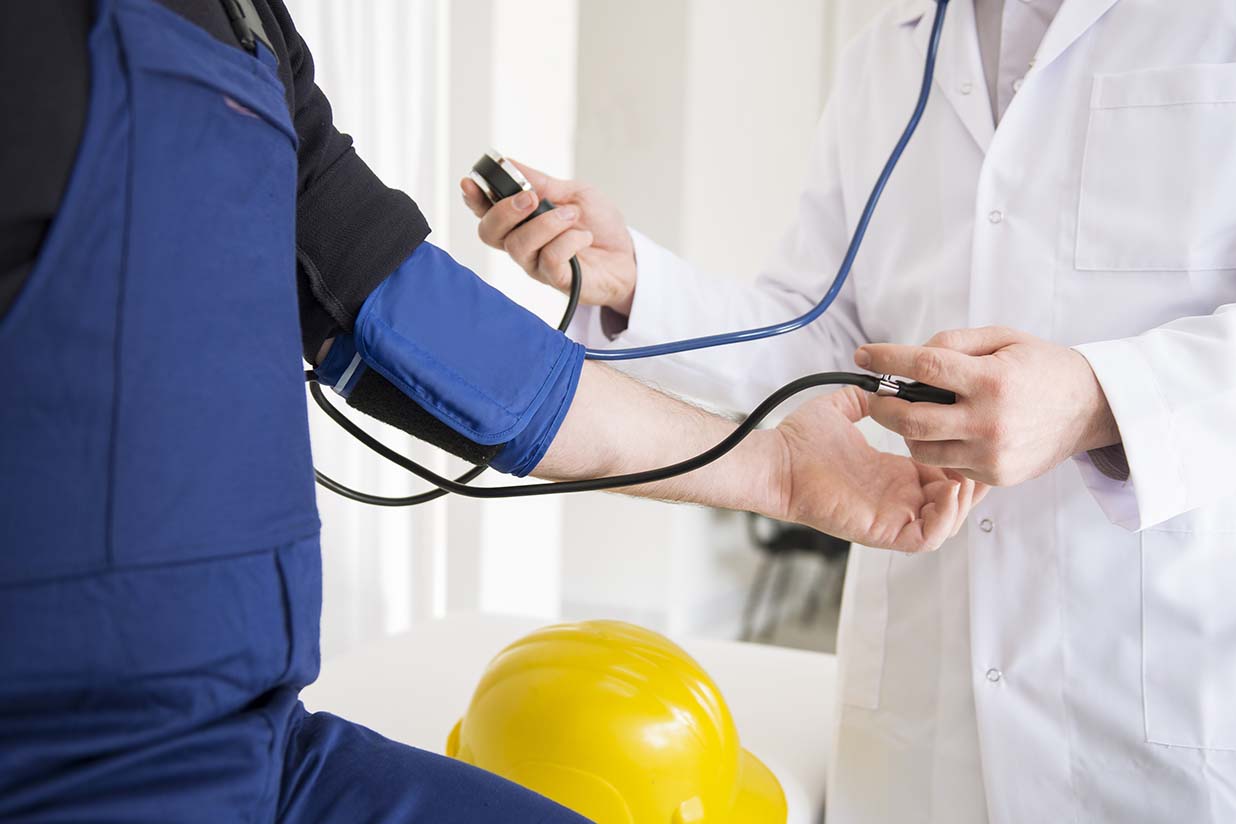What’s the Difference Between a Drug Screen and a Drug Test in the Workplace?

Screen Drug Test
Drug screenings are commonly used in pre-employment drug and alcohol testing in Australia. These tests are usually fast, providing results within minutes, making them ideal for workplaces where quick decision-making is important. However, drug testing is also used in pre-employment checks, especially if the initial screening indicates a positive result.
Here, we’ll go through the key differences between these types of drug tests, including when they are best used and how they can help improve workplace safety.
The Key Differences Between Drug Tests and Drug Screens
Simply put, a screen drug test is a preliminary process used to detect the presence of drugs in an individual’s system. On the other hand, a drug test is a more thorough and accurate analysis that involves laboratory testing to confirm the presence of drugs or their metabolites in the sample. Unlike a screen drug test, which is a quick check, a drug test uses advanced methods to provide definitive results.
Drug tests are useful when confirming positive screening results or when higher accuracy is required. Employers who require detailed results, such as those in safety-critical industries, often rely on types of drug tests like urine, blood, or hair follicle tests to ensure compliance with workplace safety policies.
Types of Drug Tests Used in the Workplace
Different types of drug tests serve various purposes in workplace safety and compliance. Understanding these different types of drug tests helps employers select the right method based on their workplace needs and safety requirements.

Some of the most common types include:
Urine Drug Tests: These are the most commonly used tests in workplaces for detecting recent drug use. They are often part of pre-employment drug and alcohol testing in Australia.
Blood Tests: These tests are highly accurate and detect current impairment levels, making them suitable for post-incident testing.
Hair Follicle Tests: These can detect drug use over an extended period, typically up to 90 days, and are used in industries that require detailed history checks.
Saliva Tests: These tests detect recent drug use and are easy to administer on-site. They are popular for random or post-incident testing.
When to Use a Drug Screen vs. a Drug Test
Employers use a screen drug test for initial testing because it is fast, affordable, and easy to administer. This makes it ideal for routine workplace checks, random testing, and initial screenings during the hiring process.
A drug test, on the other hand, is appropriate when accuracy is essential. Employers may use drug tests to confirm positive screening results, investigate workplace incidents, or ensure compliance with specific regulations like a Queensland coal board medical.
Accuracy and Reliability of Drug Screening and Testing
Drug screens offer rapid results but may sometimes produce false positives or negatives. Factors like medications, environmental contamination, and improper handling can impact accuracy. For this reason, employers often follow up with a more accurate drug test if a screen drug test shows a positive result.
Drug tests, especially those conducted in laboratories, are highly reliable. They provide detailed and legally defensible results, making them suitable for industries where safety is important and compliance with regulations is required.

The Role of Drug Screening in Occupational Health Services
Drug screening and testing are essential components of comprehensive occupational health services. These processes help employers maintain a safe workplace, reduce the risk of accidents, and ensure compliance with health and safety regulations. Regular screening and testing, combined with clear workplace policies, promote a drug-free work environment.
Best Practices for Workplace Drug Testing
To implement effective drug testing policies, employers should:
- Use Clear Policies: Outline when and how drug screening and testing will occur.
- Train Staff: Ensure staff administering tests are properly trained to reduce errors.
- Offer Support Programs: Provide resources and occupational health services to support employees dealing with substance issues.
These best practices help ensure fairness, accuracy, and compliance with workplace regulations.
Choosing the Right Method for Your Workplace
Choosing between a screen drug test and a full drug test depends on your workplace needs. For quick and routine checks, a screening test is effective. For situations requiring detailed and confirmed results, a comprehensive drug test is the better choice. Both methods play an important role in maintaining workplace safety and ensuring compliance with industry regulations.
